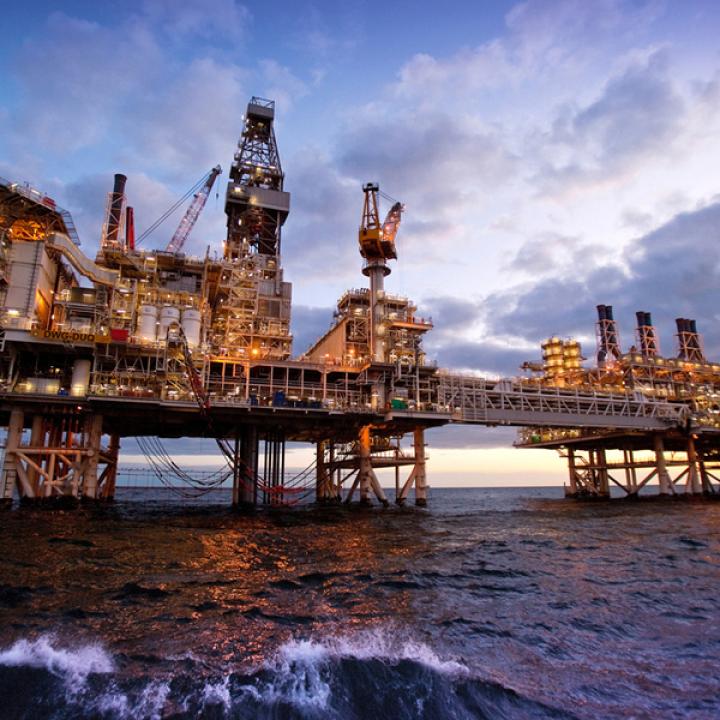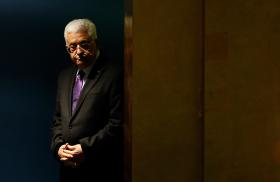

Given ongoing environmental concerns over energy cooperation, the chances that the two partners will fully realize their commercial potential are still up in the air.
Since it was originally announced in April, the Israeli deal to sell 22 percent of the Tamar offshore natural gas field to the United Arab Emirates has taken four months to approve and resulted in a final price of $1.025 billion, or $75 million less than originally hoped. The stake’s previous owner—Israeli firm Delek Drilling—was required to sell it due to a government push for increased competition in the power sector. The majority of the field is still owned by other Israeli companies; U.S. giant Chevron holds a 25 percent stake as well.
Located about 55 miles off the coast of Haifa, Tamar’s gas flows by pipeline more than 100 miles south to a platform 13 miles off the coast of Ashkelon, where it is partially processed before being pumped to onshore facilities in Ashdod. After further processing, it enters Israel’s gas grid. Some of this gas is used for domestic power plants; the rest goes to Jordanian industrial facilities or Egypt.
Financed by the UAE’s Mubadala sovereign wealth fund, the completion of the Tamar deal suggests that Abu Dhabi has not seriously reconsidered the normalization efforts ushered in by last year’s Abraham Accords—a significant concern after Israel’s May showdown with Hamas. During the fighting, Hamas tried to attack the Tamar platform, which lies just a mile or two from Gaza’s maritime zone.
Israeli domestic concerns about Emirati energy links persist, however. Environmental Protection Minister Tamar Zandberg and others have protested a plan for the UAE to transport petroleum products to Europe via a route that crosses Israel—namely, the pipeline that runs from the Red Sea port of Eilat to Ashkelon. In July, Zandberg’s ministry rejected an environmental risk survey it had requested from the Europe Asia Pipeline Company, the firm operating the line. A month later, on August 29, the pipe sprang a leak near Ashkelon, requiring authorities to replace a forty-foot section and remove 800 tons of contaminated earth. Zandberg and other senior officials visited the site on August 31, and her ministry subsequently announced a criminal investigation into what caused the leak.
Despite these problems, Israel and the UAE still look like natural partners for shaping a viable energy future given their similar-size populations and advanced high-tech sectors. For example, Mubadala described its investment in Tamar as complementing its “gas-based portfolio strategy in line with its energy transition goals.” Even so, the UAE has still hedged its bets by pursuing parallel strategies such as increasing its oil production, leading to speculation that it might leave OPEC so as not to be constrained by the cartel’s quotas.
Simon Henderson is the Baker Fellow and director of the Bernstein Program on Gulf and Energy Policy at The Washington Institute.



